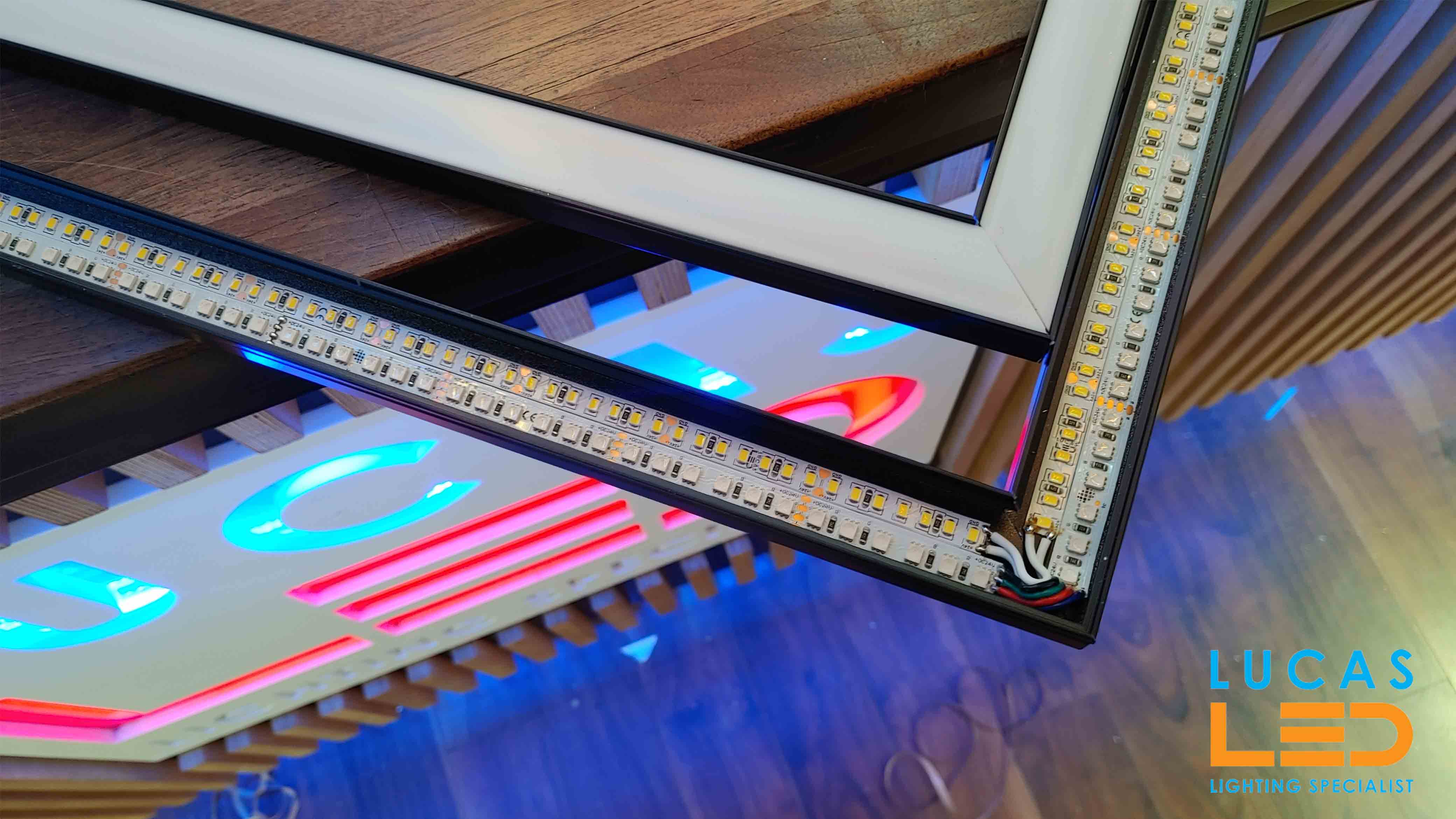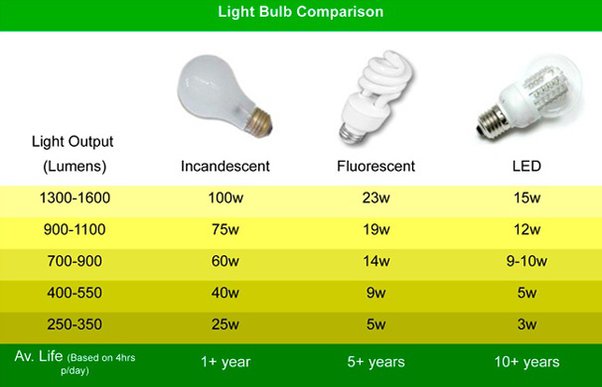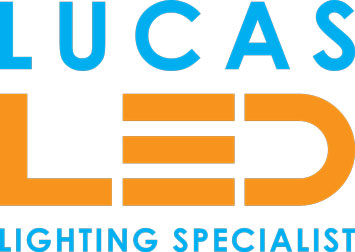What does LED stand for?

LED meaning is “Light Emitting Diode”. A diode is an electrical component which conducts electricity only in one way. With the electrical current it emits a bright light with the help of a small bulb. Diodes have been used in a lot of technologies like radios, televisions, smartphones…
![]()
When a diode is connected to an electrical source, it excites the electrons and makes the electrons release photons, emitting light. The colour of a diode depends directly on the energy gap of the conductor material of the diode and the diode. So it emits a spectrum of colours with a very low use of electricity.

LEDs have been proved like the most efficient lights and also with the lowest use of energy of the market. Energy Star rated LEDs use around 75% less energy than other traditional bulbs and have 25 times longer lifespan. Even compared to the CFL bulbs, LEDs are really better on energy efficiency and lifespan also, having twice the lifespan of CFLs.

LEDs don't produce big amounts of heat, CFLs and incandescent bulbs waste a lot of energy producing heating. Most of the energy of CFLs and incandescent lights is wasted as heat, around 90% or 80% of the energy, so only 10% or 20% is actually light on those bulbs.
Thanks to LED diode invention now we have a lot of types of LED lights, with different colours, brightness, lumens to choose to light our hoses, backyards, rooms and everything we want.
LEDs have proven to be the most efficient lighting bulbs available on the market today. According to the U.S. Department of Energy, Energy Star rated LEDs use at least 75% leeds energy than traditional incandescent bulbs and last 25 times longer.














